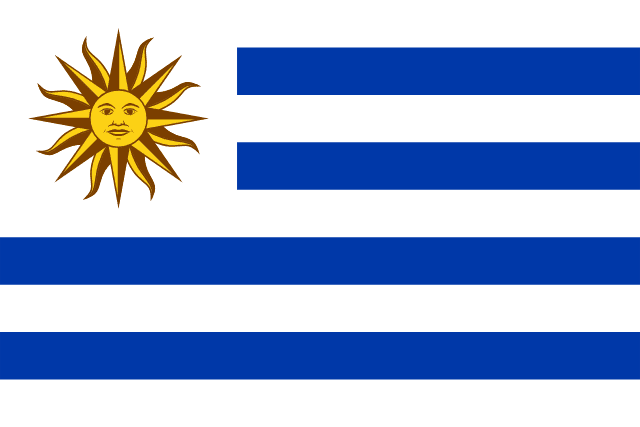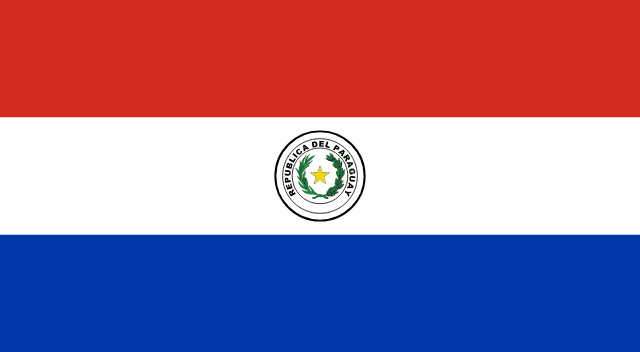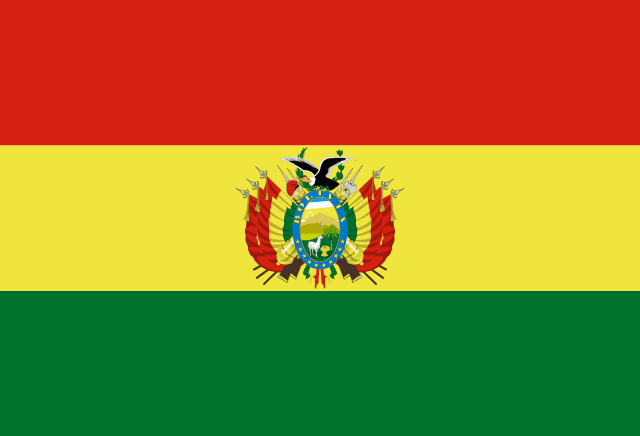Country Information
| Sovereign State | Yes |
| Country Codes | AR, ARG, 032 |
| Official Name | Argentine Republic |
| Continent | South America |
| Capital | Buenos Aires |
| Government Type | Federal presidential constitutional republic |
| Currency | Argentine peso (ARS) |
| Calling Code | +54 |
| Member Of | United Nations, Organization of American States, Mercosur, Union of South American Nations |
| Population | Approx. 45 million (as of 2023) |
| Total Area | 2,780,400 square kilometers |
| Highest Point | Aconcagua (6,960 meters or 22,837 feet) |
| Lowest Point | Laguna del Carbón (-105 meters or -344 feet) |
| GDP Per Capita | Approx. $8,900 (as of 2023) |
| Life Expectancy | Approx. 77 years (as of 2023) |
| Internet TLD | .ar |
Argentine National Anthem
Himno Nacional Argentino
Hear, mortals, the sacred cry
“Freedom! Freedom! Freedom!”
Hear the noise of broken chains
See noble Equality enthroned
In its fertile plains and vast mountains
A new and glorious Nation is rising
Up to the high Heaven of glory
The people, who are great and strong
Look to your laurels, and see them in flower
The laurels of peace, the laurels of victory
Under the shadow of a splendid world
They live crowned with glory
And they conquer laurels of glory
Giving new strength to the heroic valor
Flags of Neighboring Countries





History of the Argentine Flag
The flag of Argentina, with its distinctive sky-blue and white stripes and the sun emblem, holds a rich history and deep symbolism. It was first raised on February 27, 1812, by Manuel Belgrano, a leader in Argentina’s struggle for independence from Spain.
The flag consists of three horizontal stripes: two light blue on the top and bottom and one white in the middle. The sun, known as the Sun of May, sits in the center. The blue and white colors are said to be chosen by Belgrano, inspired by the sky and clouds during a liberation demonstration. The Sun of May is a reference to the Inca sun god Inti and symbolizes the appearance of the sun through cloudy skies on May 25, 1810, during the first mass demonstration in favor of independence.
The flag has undergone several changes throughout its history, particularly in the design of the Sun of May. The current version of the flag was officially adopted on July 20, 1816, after Argentina’s declaration of independence. There have been variations, especially with and without the sun emblem, with the version bearing the sun used for official and ceremonial purposes.
The Argentine flag is not just a national symbol but also a representation of the country’s struggle for independence and its rich cultural heritage. It is a source of immense pride for Argentines, reflecting their national identity, history, and the values of freedom and independence. The flag is prominently displayed during national holidays, at sporting events, and in public buildings, encapsulating the spirit and resilience of the Argentine people.

